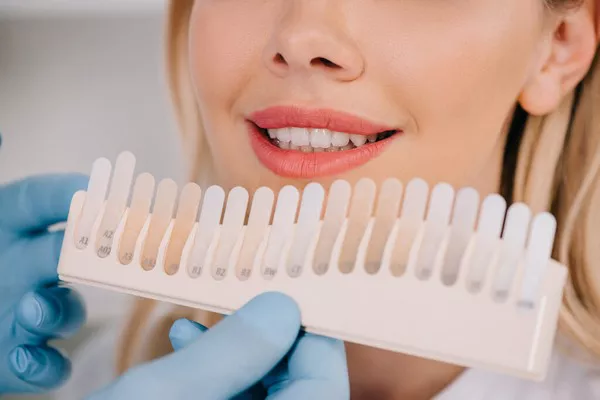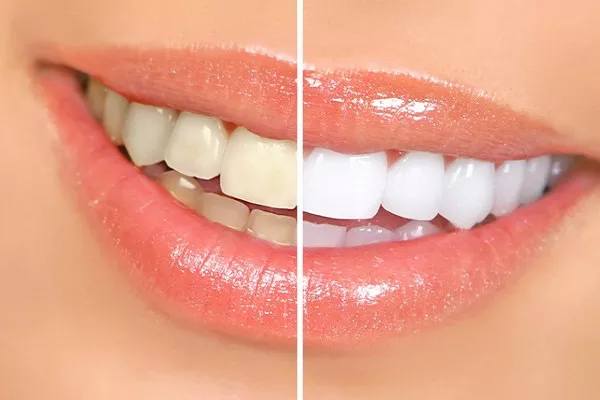The completion of a tooth filling marks a crucial step in maintaining oral health and addressing dental concerns. However, as individuals emerge from the dental chair, questions often arise about post-filling activities, including the consumption of tea. In this comprehensive article, we delve into the intricacies of whether one can indulge in the warmth of tea after a tooth filling, exploring the factors influencing post-filling dietary choices, considerations for oral health, and insights into specific scenarios. Understanding these aspects empowers individuals to make informed decisions that balance the enjoyment of tea with optimal post-filling care.
The Immediate Aftermath: Numbness and Post-Filling Sensations
After a tooth filling, patients commonly experience residual numbness and sensitivity in the treated area. This is a result of the local anesthesia used during the procedure, and it’s essential to wait until these effects subside before introducing foods or beverages, including tea.
Waiting for Numbness to Subside:
The numbness from local anesthesia typically wears off within a few hours after the dental filling. Attempting to consume hot tea or any food and beverages while still numb may pose a risk of accidental burns or bites, as the individual may not have full sensation in the treated area.
Initial Introduction of Soft Foods:
After the numbness subsides, patients are advised to start with soft foods before reintroducing hotter or more textured items. This cautious approach minimizes discomfort and allows the filled tooth to adjust to the changes.
Understanding the Filling Material:
The type of filling material used can influence the post-filling experience, including considerations for consuming tea. Two common types of dental fillings are amalgam (silver-colored) and composite (tooth-colored) fillings.
Amalgam Fillings:
Amalgam fillings, traditionally composed of a mixture of metals, may have different thermal properties than tooth structure. Patients with amalgam fillings may need to be particularly mindful of temperature extremes, such as very hot or very cold beverages.
Composite Fillings:
Composite fillings, made from a blend of plastic and glass particles, closely mimic the natural appearance of teeth. While they may be less sensitive to temperature changes than amalgam, it’s still advisable to introduce hot or cold substances gradually to avoid discomfort.
Post-Filling Dietary Considerations:
The initial phase after a tooth filling involves specific dietary considerations to promote healing and minimize potential issues. These considerations apply not only to tea but also to other foods and beverages.
Soft Foods and Gradual Reintroduction:
Opting for soft foods in the immediate aftermath of a filling allows for gentle chewing and minimizes stress on the filled tooth. As comfort returns, individuals can gradually reintroduce a broader range of foods, including those with varied temperatures.
Avoiding Sticky or Hard Foods:
While enjoying tea is generally acceptable, it’s advisable to avoid sticky or hard foods immediately after a filling. These textures can place undue stress on the filled tooth and compromise the integrity of the restoration.
Hydration with Water:
Staying hydrated is crucial for overall well-being and aids in the recovery process after dental procedures. Water is an ideal choice for hydration during the initial post-filling period, as it neither poses a risk of thermal sensitivity nor introduces additional substances that may affect the filled tooth.
Temperature Considerations for Consuming Tea:
Tea, a popular and diverse beverage, comes in various temperatures, ranging from hot to iced. Understanding the impact of temperature on dental fillings can guide individuals in making choices that align with their comfort and oral health.
Hot Tea:
Consuming hot tea after a tooth filling, especially if amalgam fillings are present, may initially cause sensitivity. To minimize this, individuals can start with warm or lukewarm tea and gradually transition to hotter temperatures as comfort allows.
Iced Tea:
Iced tea offers a refreshing option without the risk of thermal sensitivity associated with hot beverages. It can be a suitable choice, especially in the immediate post-filling period when the tooth may be more sensitive to temperature extremes.
Room Temperature Tea:
Opting for room temperature tea provides a middle ground that balances the enjoyment of tea with the potential for sensitivity. This temperature choice may be particularly suitable during the initial recovery phase.
Special Considerations for Herbal Teas and Additives:
Beyond temperature, the type of tea and any additives introduced can impact oral health considerations. Herbal teas, often caffeine-free and diverse in flavors, may be a preferred choice for those seeking a soothing beverage after a dental procedure.
Caffeine Content:
While herbal teas are caffeine-free, traditional black, green, or white teas contain caffeine. Excessive caffeine intake may contribute to dehydration, and individuals are encouraged to balance their tea consumption with water to maintain optimal hydration.
Acidic Teas:
Some teas, especially those with citrus or fruit infusions, may have acidic properties. Acidic substances can potentially contribute to enamel erosion over time. Maintaining moderation and incorporating water alongside tea consumption can help mitigate the impact of acidity.
Sugar and Sweeteners:
Adding sugar or sweeteners to tea may be a personal preference, but it’s important to be mindful of oral health. Excessive sugar intake can contribute to cavities and compromise the longevity of dental fillings. Opting for unsweetened or lightly sweetened tea is a prudent choice.
Individual Variations and Dentist’s Recommendations:
Individual variations exist, and the dentist’s recommendations play a pivotal role in guiding post-filling dietary choices. Dentists may provide personalized advice based on factors such as the specific dental procedure, the type of filling material used, and the patient’s overall oral health.
Post-Filling Instructions:
Dentists typically provide post-filling instructions that include dietary recommendations. Patients should follow these instructions closely to promote optimal healing and the longevity of the dental restoration.
Communication with the Dentist:
Effective communication with the dentist is key. If patients have specific preferences or concerns regarding post-filling dietary choices, discussing these with the dentist allows for tailored guidance that aligns with both oral health and individual preferences.
Long-Term Care and Maintenance:
The post-filling period involves immediate considerations, but long-term care and maintenance are equally crucial for preserving oral health.
Regular Dental Check-ups:
Scheduling regular dental check-ups allows dentists to monitor the condition of dental fillings, address any emerging issues promptly, and provide guidance on maintaining optimal oral health.
Consistent Oral Hygiene Practices:
Adhering to consistent oral hygiene practices, including regular brushing, flossing, and the use of antimicrobial mouthwash, contributes to the overall health of teeth and dental restorations.
Dietary Moderation:
Moderation in dietary choices, including the consumption of tea and other beverages, supports oral health. Balancing indulgences with a nutrient-rich diet and adequate hydration enhances overall well-being.
Conclusion: A Blend of Comfort and Oral Health
In conclusion, the decision to drink tea after a tooth filling involves a blend of comfort, temperature considerations, and oral health awareness. While the initial post-filling period may require some adjustments to accommodate sensitivity and numbness, individuals can gradually reintroduce tea into their routine, mindful of temperature choices and overall dental health.
Balancing the enjoyment of tea with optimal post-filling care is achievable through informed decisions, effective communication with the dentist, and a commitment to long-term oral health. Remember, each individual’s experience may vary, and personalized guidance from the dentist contributes to a positive and tailored approach to post-filling dietary choices.
As you savor the warmth of tea after a tooth filling, do so with the knowledge that a thoughtful blend of comfort and oral health considerations enhances the journey toward a vibrant and resilient smile.
Related Topics:
Does tooth fillings last forever
How long does a chipped tooth filling last
How long does a tooth filling last































